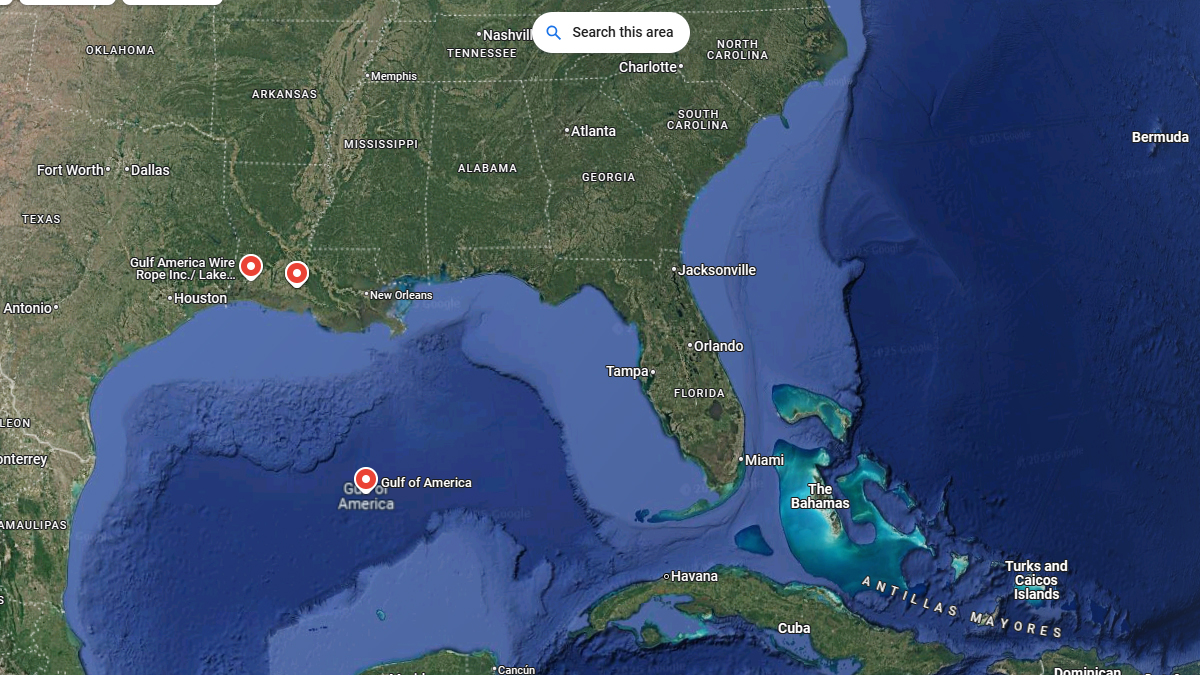WASHINGTON, D.C. — On his first day back in office, January 20, 2025, President Donald Trump signed an executive order renaming the Gulf of Mexico to the “Gulf of America.” The move, framed as a symbolic gesture reinforcing national identity, directed federal agencies to update official maps and documents accordingly. Google Maps soon followed suit, implementing the change for U.S. users.
The executive order cited the Gulf’s economic significance to the United States, particularly in oil production, fishing, and tourism. The order instructed the U.S. Department of the Interior to update the name within the Geographic Names Information System (GNIS) within 30 days. All federal agencies, including NOAA and the U.S. Geological Survey, were required to use the new designation in official communications and records.
The decision drew mixed reactions. Supporters argued that the renaming reflected the Gulf’s strategic and economic ties to the U.S., while critics dismissed it as an unnecessary, politically driven act. Internationally, the move was met with resistance, particularly from Mexico. Mexican President Claudia Sheinbaum responded with humor, suggesting North America be renamed “Mexican America” in retaliation.
Google, following its policy of aligning with official government sources, updated its map labels accordingly. For users within the U.S., “Gulf of America” replaced “Gulf of Mexico.” Mexican users continued to see the original name, while international users saw both designations, with “Gulf of Mexico” listed first.
While the executive order holds legal weight for U.S. federal agencies, its impact remains largely symbolic outside the country. Private companies, such as Google, voluntarily adjust their maps to align with official U.S. sources, though other international platforms are not bound by the change.

